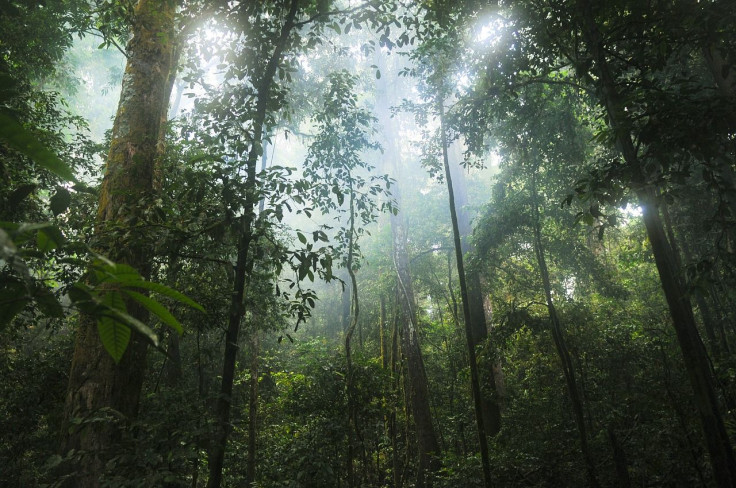'Not Too Late': Lost Flower Dubbed 'Extinctus' Rediscovered
KEY POINTS
- The G. extinctus was believed to be extinct when it was named
- A team of researchers rediscovered the species
- They learned that it is neither extinct nor endemic
The lost South American wildflower dubbed Gasteranthus extinctus has long been thought to be extinct, but a team of experts rediscovered the species, prompting hope for it.
The G. extinctus is a "low terrestrial herb" that has bright orange flowers. It is among the 26 known members of the genus in western Ecuador, the researchers noted in their paper, published in PhytoKeys. When the species was described in 2000, it had only been known from four collections from between 1977 and 1985 in the Centinela Ridge in the foothills of the Andes mountains.
The region was almost completely destroyed in the 1980s, Pensoft noted in a blog post. The name "extinctus" was then given to it because of the suspicion that it was already extinct by the time that it was named, and as a warning due to the state of the forest.
"Extensive deforestation in western Ecuador during the 20th century resulted in an alarming loss of habitat and the presumed extinction of a number of plant species with small geographic ranges," the researchers wrote. "This hypothesis was amplified by E.O. Wilson's coining of the phrase 'Centinelan extinction' to describe geographically localized species that are driven to extinction by habitat destruction before they can be discovered or described."
But even by the time that G. extinctus was described, many of the species that were once believed to be endemic to Centinela had been discovered at other sites. In fact, four years after it was described, it was the only Gesneriaceae still believed to be endemic to Centinela.
Although previous expeditions to search for it had failed, the team behind the new paper got another chance to search for it again in 2021. Indeed, they found the species "within the first couple hours of searching" on their first day, Nigel Pitman of the Field Museum of Natural History in Chicago, one of the study authors, said, as per Pensoft.
The team took photos and collected fallen flowers so as not to harm the plants and eventually confirmed with experts that it was, indeed, the lost species. Fortunately, the team found many others when they visited other forest fragments, according to Pensoft.
One can see the images of the flowers' striking colors here. PhytoKeys also shared an image of the extinctus growing next to a waterfall at Bosque y Cascada Las Rocas in coastal Ecuador.
🌸Gasteranthus #extinctus, a small forest floor-dweller with flamboyant neon-orange flowers was unexpectedly rediscovered in an 🇪🇨Ecuadorian primary #rainforest thought to be extinct itself: https://t.co/hPyozLg37v#PlantScience #Botany pic.twitter.com/mwpMkd2PvH
— PhytoKeys (@PhytoKeys) April 15, 2022
"We walked into Centinela thinking it was going to break our heart, and instead we ended up falling in love," Pensoft quoted Pitman as saying. "Finding G. extinctus was great, but what we're even more excited about is finding some spectacular forest in a place where scientists had feared everything was gone."
According to the researchers, the discovery shows that G. extinctus is neither extinct nor endemic to the Centinela region, as it was initially believed. That said, the species is still considered to be "critically endangered" both in Ecuador and globally.
However, the work also shows the need to reassess the species' conservation status, with their findings offering "a measure of optimism regarding the plant's conservation prospects," especially given the ease with which they were able to spot it. Furthermore, they also noted that the reports of Centinela's "total destruction" were "premature" as there were still "healthy, intact" forests in the region.
"Rediscovering this flower shows that it's not too late to turn around even the worst-case biodiversity scenarios, and it shows that there's value in conserving even the smallest, most degraded areas," Dawson White of the Field Museum of Natural History, study co-lead author, said, according to Pensoft. "It's an important piece of evidence that it's not too late to be exploring and inventorying plants and animals in the heavily degraded forests of western Ecuador. New species are still being found, and we can still save many things that are on the brink of extinction."

© Copyright IBTimes 2024. All rights reserved.






















